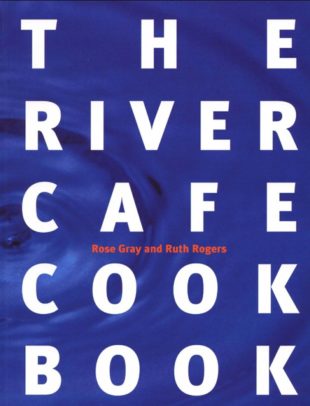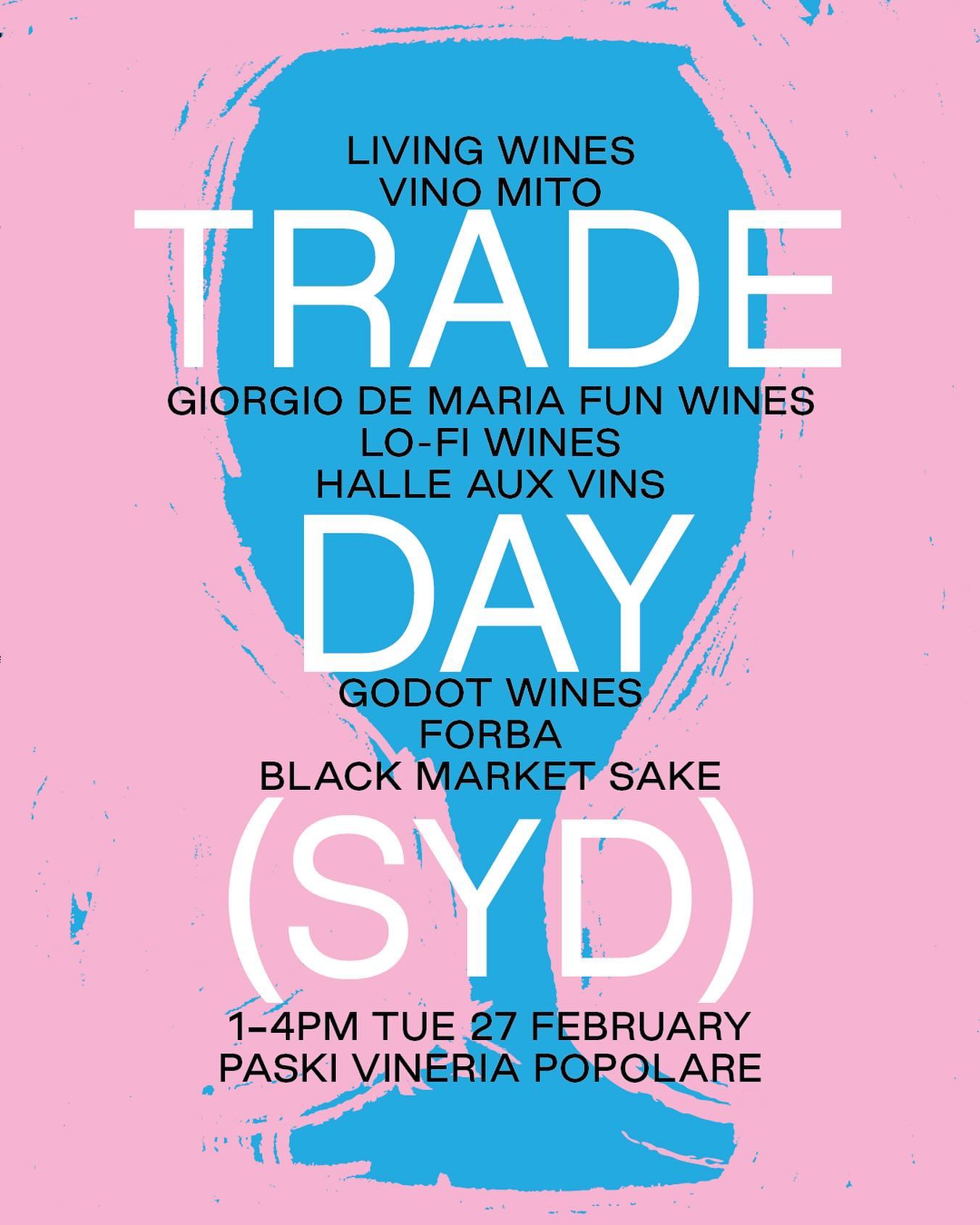The River Café Cook Book – Introduction
The River Café Cook Book was the first book released by the chefs and owners of famous The River Café in London. Not all great restaurants can produce a great cookbook, but Rose Gray and Ruth Rogers have managed to replicate the calm simplicity of the food in the restaurant onto the pages of this book. They do not try to show off, they do not try to make recipes complicated when there is no need, they simply looked to reveal the best of the very good produce that they use.
Their Introduction to The River Café Cook Book sums up why they started the restaurant and what they were trying to do:
Both of us spent long periods in Tuscany, with family and friends, and learned an enormous amount by watching, tasting and experimenting as we went. The ingredients themselves were a revelation. We were overwhelmed by the enormous variety of produce available in Italian food shops – the local pecorinos, the different types of prosciuttos and salamis, the smoked and salted pancettas, olive oils made by local farms, and olives preserved in brine.
There were inviting sacks of dried beans – borlotti, fave, cannellini and ceci. In the vegetable markets we found tiny fennel bulbs which could be eaten raw, huge dense bunches. In Italy we learned about the importance of seasonality, robust flavours, the structure of a meal and the natural connection between a region’s wine and its food. All this influenced the way we cooked and we transferred this knowledge and our enthusiasm directly to the restaurant.
Rose Gray and Ruth Rogers
The words above pretty much reflect our experience when we visited in 2006. Here is part of what we wrote on this Website at the time:
We started with two dishes that may not have been interesting in a lesser restaurant – here they were amazing. The first was a simple dish of cicoria shoots with an almost vanishingly light dressing of anchovies, chilli and herb vinegar – the vegetable was as fresh as nature allows and the dressing brought out its flavour perfectly. The second was an almost jaw-dropping combination of thin slices of smoked eel served with a small celery and caper salad and dressed with a horseradish and crème fraiche sauce that perfectly balanced the richness of the main ingredient. Both dishes relied absolutely on the highest quality ingredients combined with an enviable skill in balancing those ingredients.
Sue Dyson and Roger McShane
The River Café Cook Book – The Book
Now that we have set the scene, we can discuss the book.
Each recipe in The River Café Cook Book is written very carefully and the ingredients are set out clearly and precisely. We find that the recipes always ‘work’. They are packed with flavour and sometimes employ surprising techniques.
However, to get the most out of The River Café Cook Book you should read the introductions to each section where additional information about key ingredients or important cooking techniques are discussed.
And now to the recipes. The first one that caught our eye when we read the book all those years ago was the Zuppa di Fave Secche – soup of dried fava (broad) beans. We were, first of all intrigued by their methods for reconstituting the beans as they had been told in Italy to always add baking soda to the liquid because it makes the skins softer!
The authors of The River Café Cook Book describe the flavour of reconstituted broad beans in this soup as almost like chestnuts, and we can but agree. We have written elsewhere in this series about a soup called Bisarra which we enjoyed in Fes, Morocco and the flavour of this dish is somewhat similar.
If you only try one recipe from this book, try the stunning Spaghetti al Limone – it is sensational. The recipe comes from Genoa in the north and is incredibly simple. The sauce for this dish is roughly equal parts of lemon juice, olive oil and Parmesan – they call for the juice of 3 to 4 lemons, 150 mls of good olive oil and 150 grams of Parmesan. If you want to replicate the flavour of the café then make sure you use the very best of each – no cheating with the cheese!
You now cook the spaghetti, drain it and place it in a bowl. You then whisk the lemon juice and oil until it emulsifies and then whisk in the Parmesan until the mixture turns creamy. Add some chopped basil and some of the rind of the lemon to the spaghetti and serve!
In the main course there is a recipe for Pappardelle alla Lepre which is pappardelle with a sauce made from hare which is very close to an excellent dish we had which was the same pasta with a sauce made from duck.
Although we do not usually revel in desserts, the dessert chapter in this book has lots of hidden gems. We shall just mention the Torta di Pere e Mandorle which is one of the desserts we ordered on our visit. The tart was exceptional and it is not too difficult to make.
This is an excellent book which stands on the shoulders of the work they do in the café where everything you will eat will be exceptional. The writing in the book is simple as they want to reveal, not to obscure. It is well worth reading.
The River Café Cook Book has been included in our Foodtourist Top Fifty Cookbooks.
Rose Gray died in 2010 and you can read more about her and Ruth in this obituary which covers their journey towards opening the restaurant and beyond.
You can buy The River Café Cook Book by clicking on the link below. We receive a small percentage of the sale which goes towards maintaining this site.






















